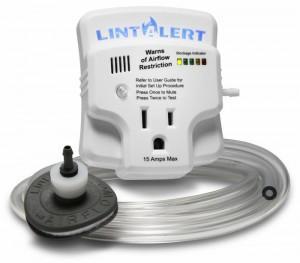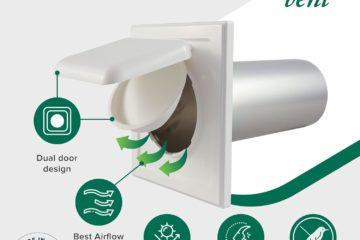The Lint Alert System
The LintAlert® enhances your home safety plan by monitoring the dryer exhaust system for problems. As lint naturally builds up over time, LED indicators progressively illuminate to show how efficiently your dryer is operating. When airflow restriction becomes dangerous, an alarm is triggered.
Airflow Restriction Causes Dryer Fires
While it may be obvious that dryer exhaust problems will increase your utility bills, it’s important to know they also create a very real fire hazard. The U.S. Fire Administration reports more than 15,000 dryer fires every year. Today, you can protect your home and family from that threat.
Common Causes of Dangerous Airflow Restriction
- Normal Lint Buildup in the Dryer Duct
- Kinked or Crushed Dryer Connection Hoses
- Blockage of the Dryer Vent Hood
Peace of Mind Knowing Your Dryer is Safe and Efficient
Utilizing advanced technology, the onboard computer calibrates to know precisely how your dryer should be performing. It continually checks the system and tells you exactly when attention is needed.
Your dryer should be cleaned once a year or when the third LED lights up to keep your home safe and efficient.





0 Comments